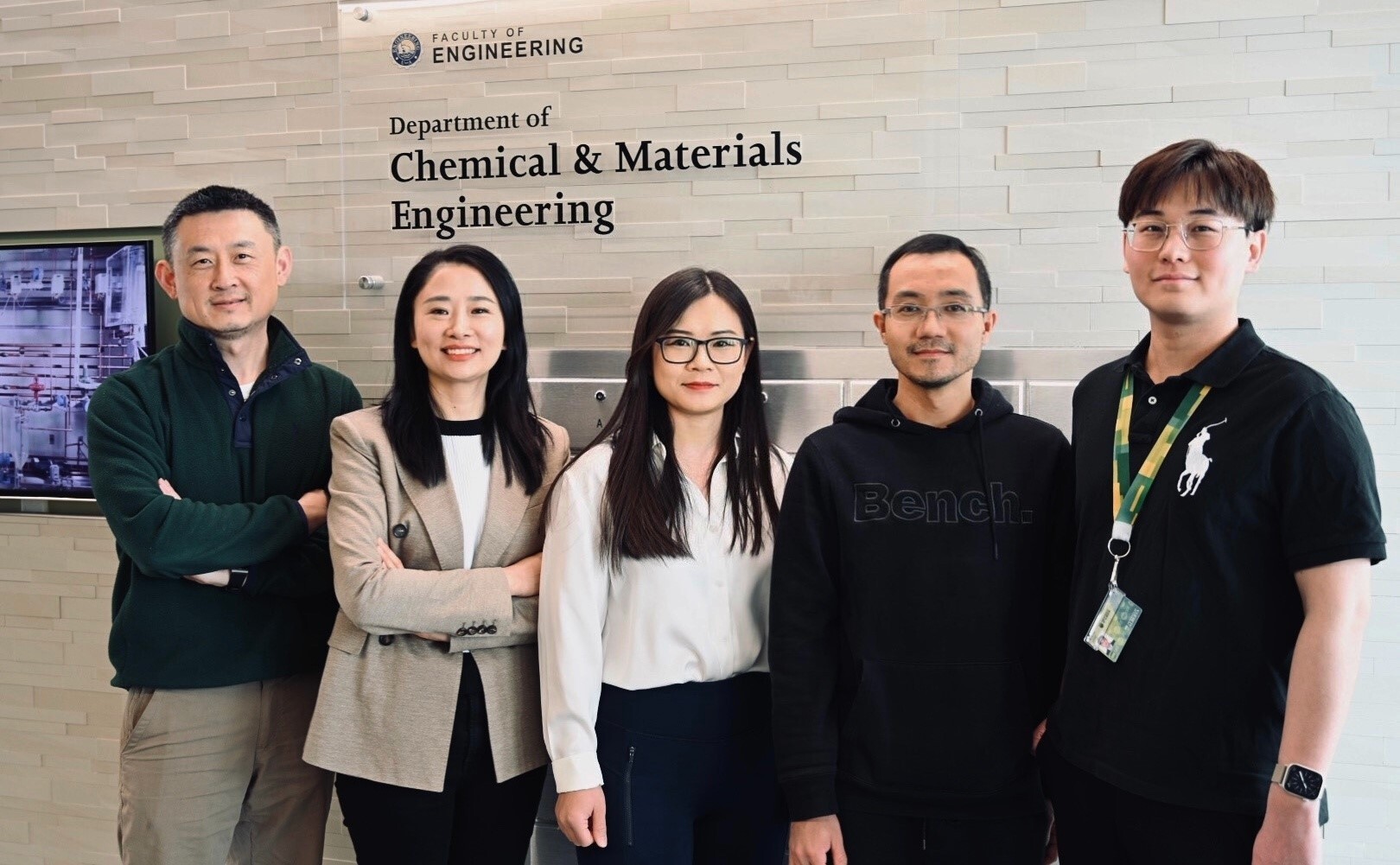

The need for clean energy sources that will not release harmful greenhouse gases can be touted as one of the most important priorities. Hydrogen may seem like an obvious clean energy solution, but it comes with significant challenges — particularly its high combustion temperature, ranging from 600 to 1500 degrees Celsius.

Researchers at the University of Alberta
Researchers at the University of Alberta have discovered a new material for coatings, showing great potential for high-temperature applications like hydrogen combustion engines. This innovative coating is crafted from a superalloy containing metals such as aluminium and nickel.
Dubbed AlCrTiVNi5, the new material boasts exceptional thermomechanical properties — offering high stability, low thermal expansion, fracture resistance, and a unique balance of strength and ductility. These qualities make it well-suited to endure intense heat and pressure, including those in gas turbines, power plants, and vehicle or aircraft engines.
The new coating material
According to project supervisor Jing Liu, an assistant professor in the Department of Chemical and Materials Engineering, the new coating material outperforms commercially available alloys in high-temperature applications — making it a promising candidate for hydrogen engines. By harnessing computer modelling, they could closely analyse each alloy’s properties, leading to the discovery of the complex concentrated alloy (CCA) AlCrTiVNi5.
Liu and his team examined the strengths and limitations of commercially available alloys, using theoretical simulations to explore new combinations in search of a material with enhanced strength, durability, and ductility.

“If you would like to use a 100 per cent hydrogen fuel combustion engine, the flame temperature is extremely high. Until now, none of the existing metallic coatings have been able to work in a 100 per cent hydrogen combustion engine,” stated Liu.
Hydrogen- one of the cleanest energy sources
Hydrogen is one of the cleanest energy sources, generating only water as a byproduct when burned or used in a fuel cell. It’s a key component of Canada and Alberta’s emissions reduction strategies, with potential applications across transportation, home heating, and heavy industry. One of the challenges of hydrogen adoption lies in its high combustion temperature, which ranges from 600 to 1500 degrees Celsius. These intense conditions require mechanical components to endure extreme heat while resisting corrosion caused by steam.
The research team analysed the strengths and limitations of existing commercial alloys and then turned to theoretical simulations to explore new combinations with the desired strength and durability. Collaborating with colleagues like Hao Zhang from the Faculty of Engineering, they used computer modelling to assess the properties of each potential alloy.
“As we move toward a 100 per cent hydrogen combustion engine, we want to know which alloys can withstand the conditions. None of the existing ones did, but we learn valuable insights from these failures,” she says.
“We understand how things react when they heat up,” explains Zhang. “So we use these simulations and calculations to understand how the interface between the matter and the environment changes if we change the composition.”
Image Source: University of Alberta
Responses








